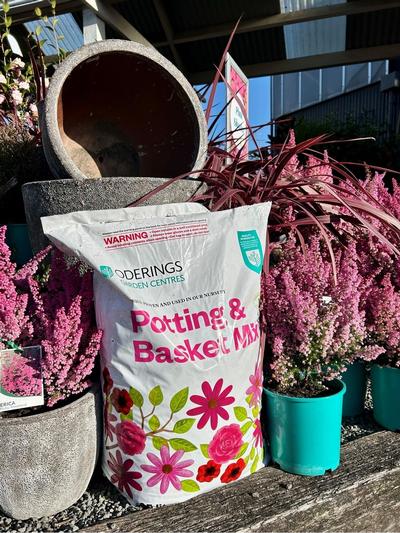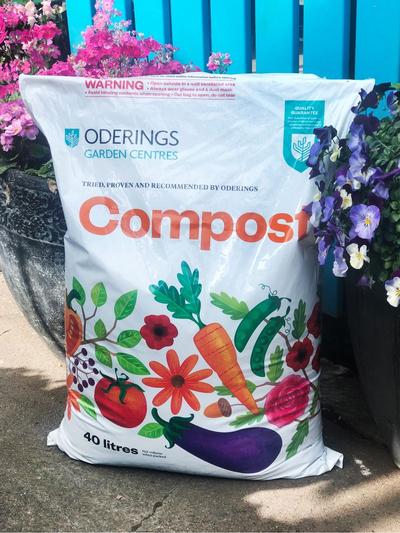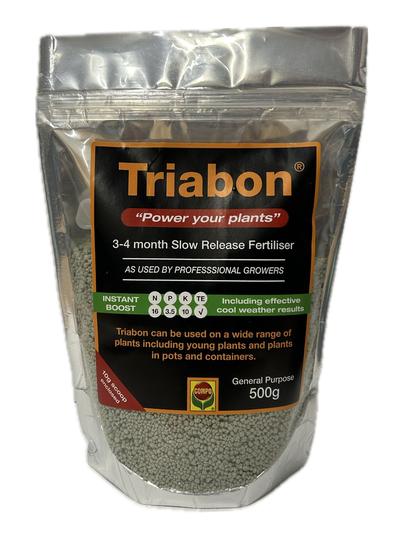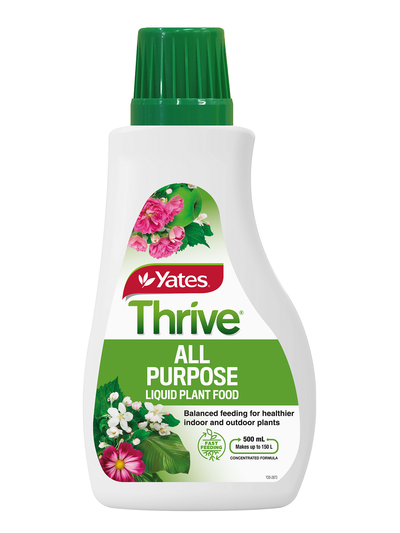
Pyracantha is perfect for creating an eye-catching, functional hedge or screen. Its ability to thrive in a variety of conditions and resist pests makes it an ideal addition to any garden or security planting.
Position
Pyracantha thrives in full sun to part shade. It is highly adaptable and can tolerate a range of soil conditions, though it performs best in well-drained soil.
Prepare Soil
Garden: Pyracantha can survive in poor soils, but for optimal growth, plant in well-draining soil enriched with organic matter like ‘Oderings Potting Mix’ or ‘Oderings Compost’.
Pots: Use a well-draining potting mix, ensuring the container has good drainage to avoid waterlogged roots.
Feed
Garden: Pyracantha is relatively low-maintenance and does not require frequent fertilising. However, a general-purpose fertiliser applied in spring can help support healthy growth.
Pots: Feed with a balanced liquid fertiliser every 6-8 weeks during the growing season to encourage strong growth and berry production.
Watering & Mulching
Water regularly, especially during dry spells, but ensure the soil is not waterlogged. Mulching around the base will help retain moisture and protect the roots from extreme temperatures.
Protection
Pyracantha is hardy and can withstand frost and drought. While it thrives on neglect, ensure young plants are protected from extreme cold until they are fully established.
Harvest
Pyracantha produces vibrant berries in the autumn and winter months. These berries provide a beautiful display and attract birds. Berries appear on wood that is over two years old, so pruning after flowering is essential for ensuring a good fruit set.
Pruning
Prune pyracantha after flowering to maintain its shape and ensure a bountiful berry harvest. Remove any dead or overcrowded branches and trim the plant to encourage healthy new growth. If using pyracantha as a hedge, trim regularly to keep it dense and tidy.
Garden Expert Tip
For a stunning effect, train pyracantha along fences or walls, or even train it in topiary or espalier forms. Remember to space the plants at least 30-40cm from walls or fences, and one metre apart for optimal growth.













